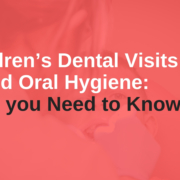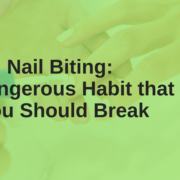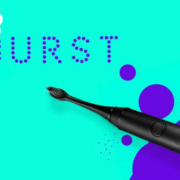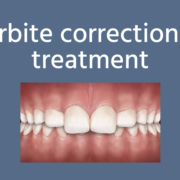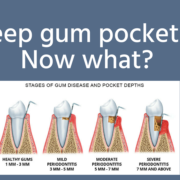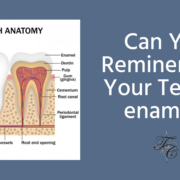Eat These Foods for Optimal Oral Health
Making healthy dental choices can seem daunting and befuddling. Grocery stores are cluttered with processed, unhealthy items. News outlets consistently report that tried-and-true favorites are not considered unhealthy according to new research studies. It’s no wonder that people are confused about what to eat and why they should eat it.
Adding further insult to injury is the fact that some things that are promoted as healthy for weight loss are unhealthy for our teeth and gums. If you’re wondering what to eat for optimal oral health, here’s a list to help you get started in the right direction.
Calcium and Phosphorus for Strong Teeth
Calcium and phosphorus are essential minerals that help keep hard tissue like teeth, strong. These minerals strengthen tooth enamel and facial bones like the jaws, which support the roots of teeth.
Dairy sources like low-fat cheese, milk, and yogurt are great at giving our mouths and bodies the calcium they need. If you’re dairy-free, almond milk, kale, broccoli, and calcium-set tofu are great options for increasing your calcium intake from plant-based sources.
Phosphorus helps support calcium’s job of strengthening hard tissue like teeth and bones. This mineral can be found in eggs, seafood like tuna and shrimp, beef, and cheese. For those who prefer getting their minerals from plant-based sources, you can eat lentils, pumpkin and sunflower seeds, and nuts.
Vitamin C for Immunity
Millions of harmful and helpful bacteria call our mouths home. This is why it’s important to protect your oral health by eating immune-boosting foods. If we eat foods high in Vitamin C, we can help our bodies fight infections, including those that occur in the oral cavity such as gum disease.
Citrus fruits are great sources for vitamin C but they also contain strong acids, which can erode tooth enamel. If you need a boost of vitamin C, consider adding leafy greens, bell peppers, and kiwi to your daily diet.
Vitamin A for Healthy Gums
Vitamin A is great for keeping all soft oral tissue healthy, including mucous membranes, the linings of lips and cheeks, and the gums.
You can find Vitamin A in organ meats, egg yolks, and fish. There’s also abundant sources of Vitamin A in vegetables like leafy greens and orange-colored vegetables like carrots and pumpkin, too.
Don’t Forget Water
Water is the best drink you can consume for your oral health. Staying hydrated with plain water helps our bodies and our mouths. Water keeps soft oral tissue moist—as it should be. It also helps dilute strong acids and rinse away debris from leftover food particles
For optimal oral health, drink between eight and ten glasses of water each day. Fluoridated tap water is best, too because fluoride is a naturally occurring mineral that replenishes tooth enamel.
How to Eat for Great Dental Health
Eating healthy foods for great dental health is half the battle. You also need to know how to eat. Snacking between brushings is a no-no. This is because the bacteria in our mouth feed off sugar and starches. It’s best to reserve eating for meals but if you must snack, choose items like vegetables and nuts instead of sweet snacks.
It’s important to read food labels as well. Many “healthy” items like granola, for instance, have sugar added to them. Eliminating sneaky sources of sugar from your diet is wise and your oral health will thank you.
When it comes to drinking items other than water, avoid drinks like soda, lemonade, and sports drinks as these types of drinks contain unhealthy levels of sugar along with strong acids.
If you need caffeine, drink unsweetened tea or coffee in moderation. You can add milk or unsweetened almond milk to your coffee if you’re hooked on lattes and cappuccinos.
Receive Routine Checkups and Cleanings
Even if you practice perfect oral hygiene and eat a mouth-healthy diet, you still need to commit to receiving frequent checkups and cleanings. Oral health concerns like tooth decay and gum disease only worsen when they go undetected and untreated. Having frequent dental checkups and cleanings can help keep your teeth and gums in the best shape possible.
Our gentle Lafayette, LA dentist offers general, restorative, and cosmetic dental services. If it’s time for a checkup or cleaning, give our office a call to reserve an appointment.



